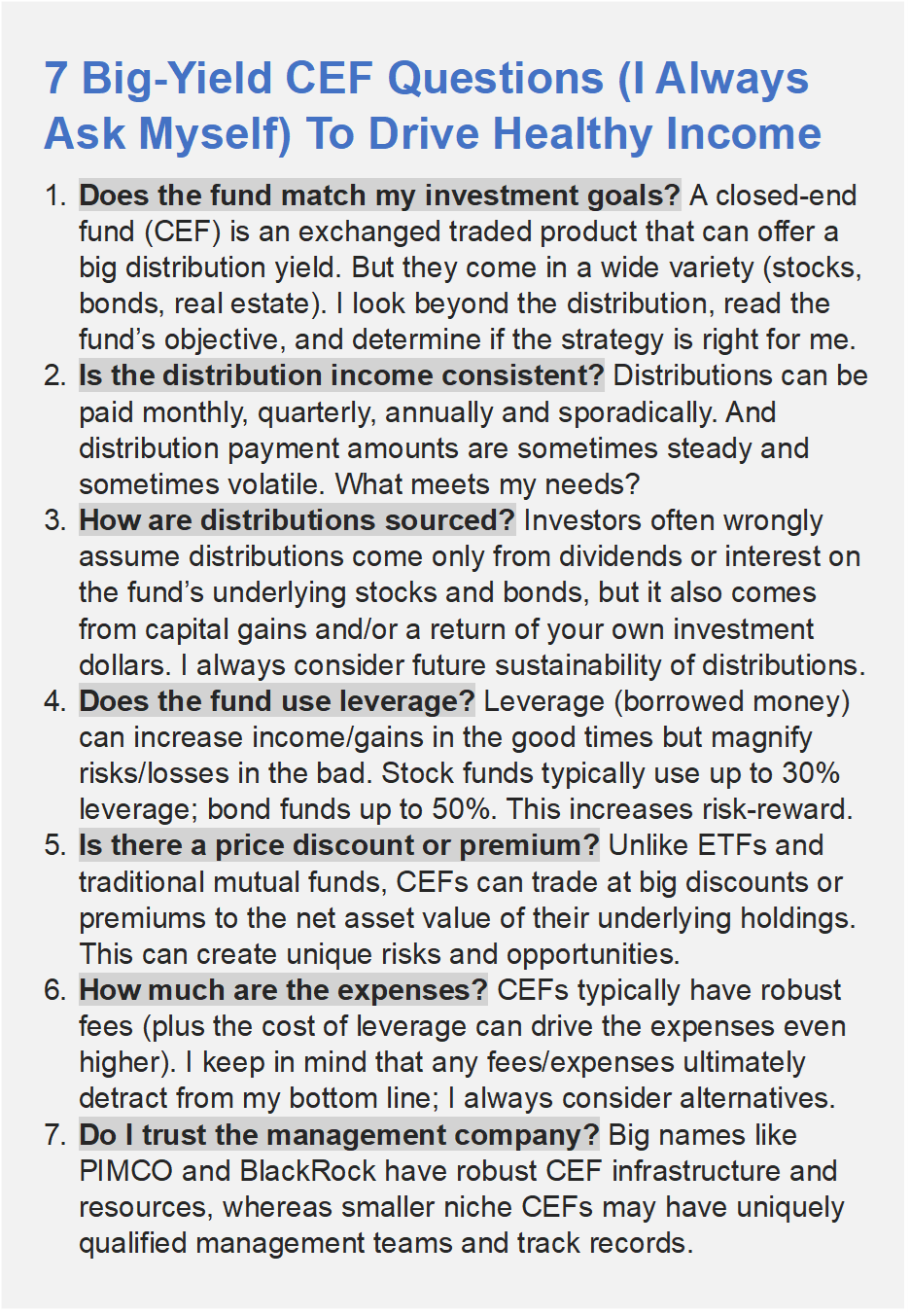If you are a big-yield contrarian investor, the CEF we review in this report is attractive for multiple reasons. For starters, it invests in a low-volatility “safe” market sector (that is currently underperforming and thereby creating an attractive contrarian opportunity, as we will explain). Next, it trades at a massive (and very inappropriate) discount to its NAV following a distribution right-sizing a few months ago (emotional investors have dramatically overreacted). The combination of these two factors have created a highly-compelling long-term investment opportunity for income-focused contrarian investors.
Duff & Phelps Utility & Infrastructure Fund (DPG), Yield: 9.5%
This $400 million dollar fund, managed by industry stalwart (Duff & Phelps) holds 44 positions, consisting mainly of utilities sector (63%) and energy stocks (25%). It has long been an income-investor favorite until this year as utilities stocks have been the worst performing sector, and a related distribution rightsizing has driven investors away in hoards.
Utilities Sector Ugly
Utilities sector stocks are known for low volatility (because of the steady nature of their business and because market regulations often ensue a reasonable level of profits) and for the healthy growing dividend payments to investors. However this year the sector has been under pressure for a couple reasons. For starters, as interest rates have risen, many investors have moved money out of Utilities stocks and into CDs, money market accounts and bonds because the interest rates are now comparable to dividend yields. Furthermore, as inflation has been on the rise, it takes time for utilities sector stocks to get regulatory approval to raise their rates to cover rising costs. These factors have put a lot of selling pressure on Utilities stocks, and created and attractive “buy low” contrarian opportunity, in our view.
Distribution Right-Sizing
DPG reduced its distribution two months ago because it was becoming increasingly difficult to support. Specifically, because the NAV was down, the fund was also using a significant portion of “return of capital” (“ROC”) to support the distribution. Basically, the fund was returning investors some of their own original investment dollars just to support the distribution. This is not a long-term sustainable strategy, and the distribution reduction was necessary. In fact, the distribution reduction makes the fund stronger going forward, and even after the reduction the distribution is still very large and quite attractive.
Investors’ Emotional Overreaction
Past performance is not indicative of future results. That’s the general phrase that is repeated over and over to investors, largely because investors have a very ugly tendency to chase past returns instead of focusing on what will likely happen in the future.
Here is a look at DPG’s price to net asset value (“NAV” is the aggregate value of all of the fund’s underlying holdings). And as you can see, NAV has been ugly this year, and the price performance has been even worse!
distribution cut date circled in red.
Specifically, the NAV has fallen as utilities stock share prices have fallen. And then the market price of this fund has fallen even harder as investors flee from the double whammy of poor utility stocks performance and the distribution cut.
And as ridiculous as the market reaction has been to DPG’s situation, we are grateful because it has created an attractive contrarian investment opportunity for big-income investors that like to “buy low.” We believe the utilities sector will recover relative to the rest of the market, and we believe the big discount to NAV will also decrease overtime. Both factors make DPG an attractive contrarian opportunity.
Other Factors to Consider
Before investing in any closed-end fund, there are a variety of factors we like to consider, as described in the image below.
You can access most of this information on the fund’s website and through internet sources like CEF Connect. But to briefly address the points above:
Yes, a CEF that owns utilities sector stocks and pays a big quarterly distribution does match many investors goals.
No, the distribution has not been consistent (it was just reduced), but on a go-forward basis the fund is in a much healthy position to support the distribution.
The distributions were sources with a significant amount of ROC, but going forward we expect that to be much less of an issue.
Yes, the fund does use leverage (recently 30.3%) which is a significant amount for an equity fund, but still relatively prudent (depending on your goals) because of the lower volatility nature of utility sector stocks. DPG’s leverage will help keep the distribution high going forward.
DPG trades at a huge discount of -15.2% (an attractive contrarian opportunity, in our view) relative to its own history as you can see in the chart above.
The total expense ratio was recently 2.51%, which is a lot for an equity fund. However, a large portion of that expense is the cost of leverage (borrowed money) and as interest rates have risen that cost goes up.
Duff & Phelps is an industry stalwart. They manage multiple funds and have ample resources to support the strategy.
Conclusion:
We don’t currently own shares of this fund, but we may add shares in the very near future (to our High Income NOW portfolio). The big price discount and right-size distribution make DPG particularly compelling. As we continue to review this opportunity, we’ll notify readers if/when we do make a purchase. If you are a contrarian income-focused investor, DPG is absolutely worth considering for investment.



